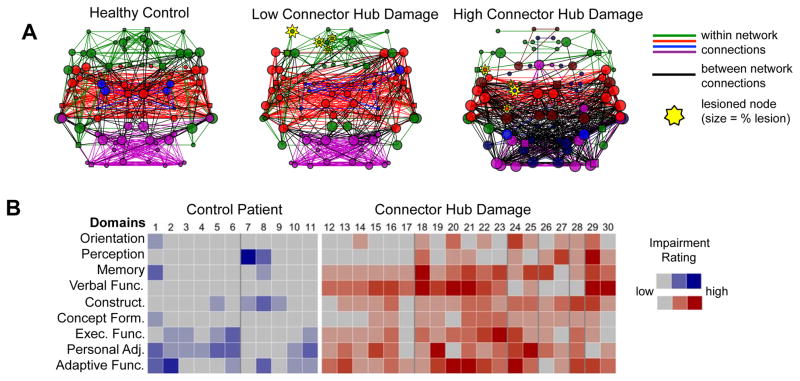Figure 4. Impact of damage to connector hubs.
(A) We examined how damage to connector hubs impacted brain network organization by looking at rs-FC in patients with high or low connector hub damage. Each column shows an example brain network from health control patients (left), a patient with low amounts of connector hub damage (middle), and a patient with high amounts of connector hub damage (right; the two patients had approximately equal total amounts of damage). The black lines mark between-network connections and high numbers of black lines indicate poor division of the brain into different networks. Damage to connector hubs dramatically alters brain network organization, decreasing the integrity of networks throughout the brain. Modified from Gratton et al. (2012).
(B) Damage to connector hubs is also associated with impaired behavioral performance. Here, each column represents data from a single patient with damage to either a control location (blue, left side) or to a connector hub (red, right side). Different rows represent different Lezak behavioral domains. Patients were rated according to their impairment in each behavioral domain by trained neuropsychologists. Damage to connector hubs was associated with more widespread and profound impairment across many behavioral domains, than was damage to control locations. Modified from Warren et al. (2014).

